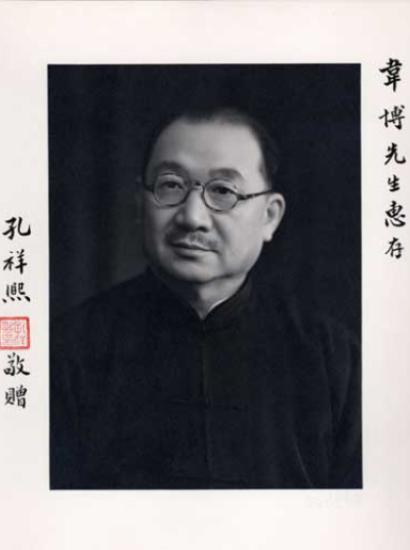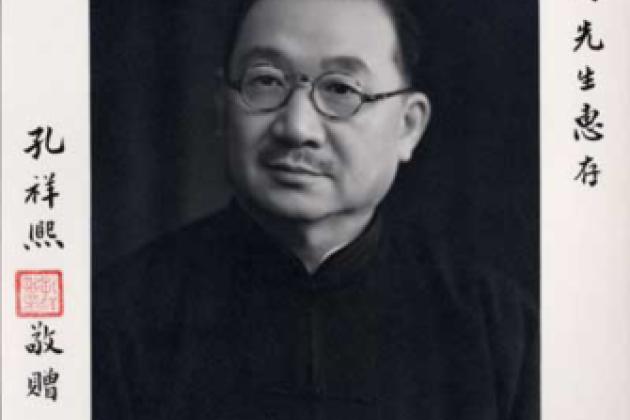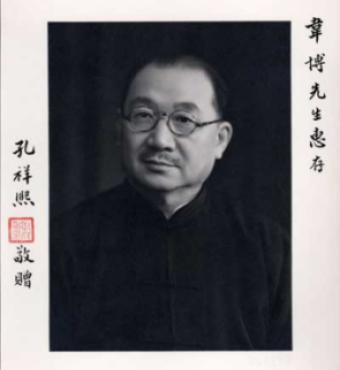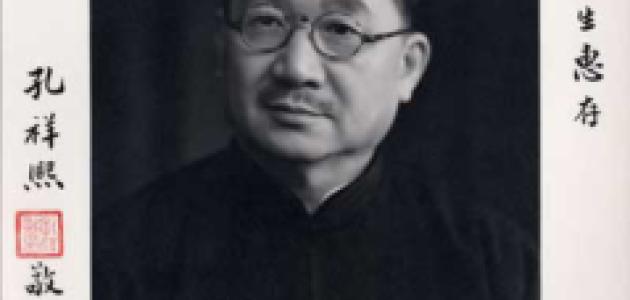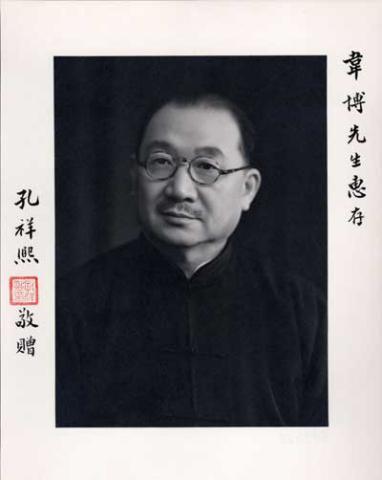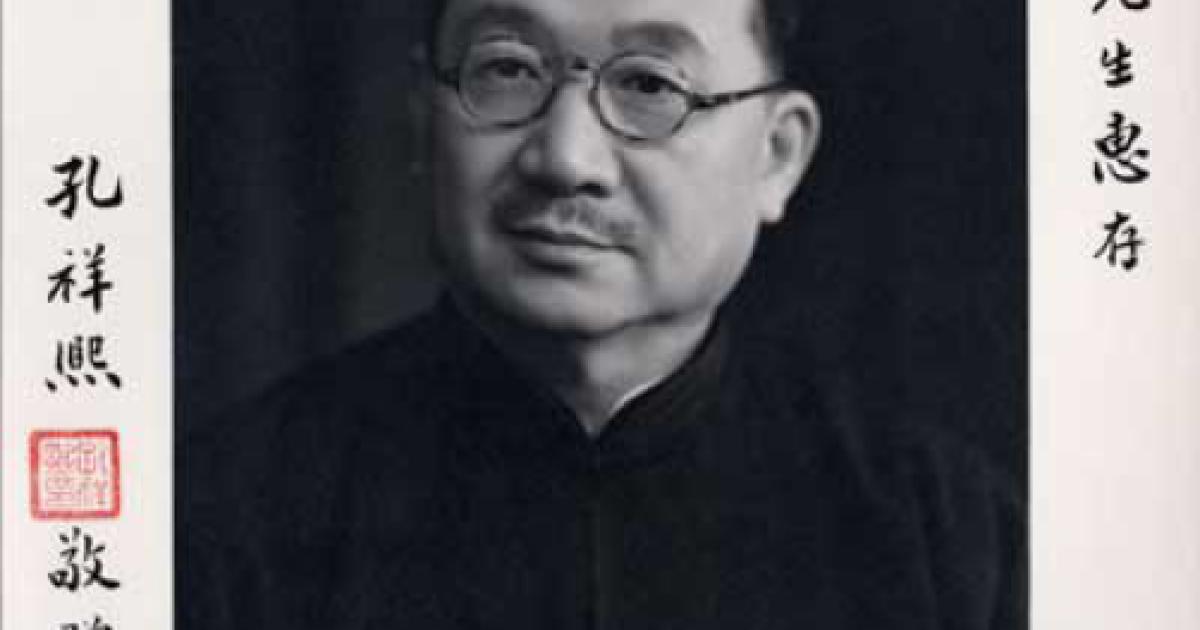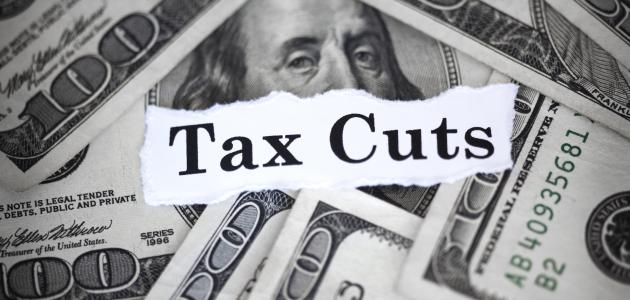
The papers of H. H. Kung, a confidant of Chiang Kai-shek, his brother-in-law, and the patriarch of one of the “four big families” of Nationalist China, opened at the Hoover Institution Library and Archives on January 19, 2010. About one-half of the full collection, which covers the period from 1917 to 1949, will be available on microfilm for research.
Kung (1881–1967) was an astute banker, influential businessman, and prominent political figure in the Chinese Nationalist government between 1928 and 1945. The scion of a wealthy merchant family in Shanxi Province, Kung attended missionary schools in China and continued his education in the United States at Oberlin College (1906) and Yale University (1907), where he received a master’s degree in economics. In 1914, after returning to China, he married Soong Ailing, the eldest of the three Soong sisters, and befriended Nationalist revolutionary leader Sun Yat-sen (who was married to Soong Qingling).
In 1928 Kung was named minister of industry and commerce in the new Nationalist government. In 1929 he was elected to the Kuomintang (KMT) Central Executive Committee, a top policy planning body within the Nationalist Party. Five years later, in 1934, Kung was appointed governor of the Central Bank of China. Later that same year he succeeded his brother-in-law, T. V. Soong, as minister of finance; Kung soon implemented drastic changes to Chinese monetary system, including taking China’s currency off the silver standard.
In 1938 Kung briefly succeeded Chiang Kai-shek as Nationalist Chinese premier (Chiang had resigned to fight the second Sino-Japanese War). When Chiang resumed the premiership the following year, Kung continued as vice premier and, concurrently, as minister of finance. In 1948, as Chinese Communist forces gained control, Kung moved to the United States with his family. He died in New York in 1967.
Richard Sousa, director of the Hoover Library and Archives, said “the Kung material adds crucially to our understanding of the politics and finances of Nationalist China. Making Mr. Kung’s papers available will provide historians an open window for analyzing how China developed and modernized in the twentieth century.”
The newly available Kung papers at the Hoover Institution suggest that Kung was modern China’s chief architect of the country’s financial, economic, and industrial sectors. He was also deeply involved in military, intelligence, political, party, domestic, and foreign affairs, as well as the government’s dealings with the Chinese Communist Party.
Among the lesser-known events revealed in Kung’s personal papers are Nationalist China’s endeavors to manufacture its own military weapons before and during World War II; intelligence reports on the Chinese Communist Party’s financial, economic, and military operations in the Shaaxi-Gansu-Ningxi border region; Japan’s secret activities in China in the early war years; and the intricate relationship between Chiang Kai-shek’s central government and regional warlords and political factions. Meanwhile, as a member of the KMT’s Central Executive Committee, and later the National Supreme Defense Council during the war, Kung was at the core of policy making throughout most of the 1930s and 1940s. The abundant meeting minutes and memoranda from the Kung papers will be extremely valuable to researchers exploring Nationalist China’s top decision making and policy formulation, as will the reinterpretation of the historical role of H. H. Kung in modern China.
The H. H. Kung papers are on loan to the Hoover Institution from the Kung family. The Kung collection complements Hoover’s other collections on Modern China, which include the Chiang Kai-shek diaries, the papers of T. V. Soong, and microfilm copies of the records of the KMT.
A finding aid for this collection, detailing its contents, can be found on the Online Archive of California at http://www.oac.cdlib.org/findaid/ark:/13030/kt967nf542/. For further information about the collection, please contact the Hoover Institution Archives at (650) 723-3563.





